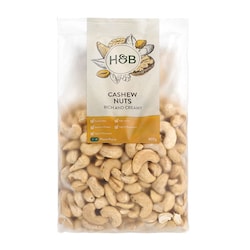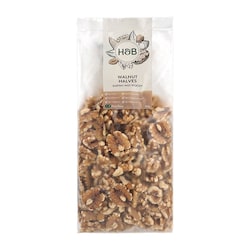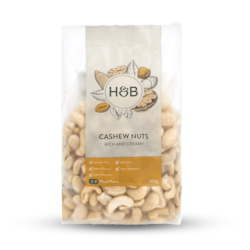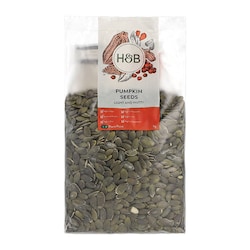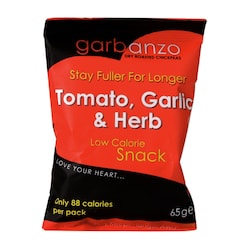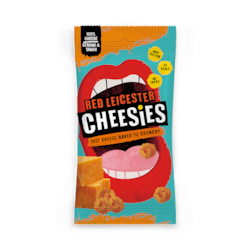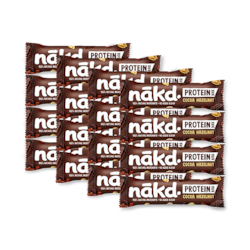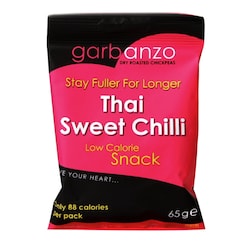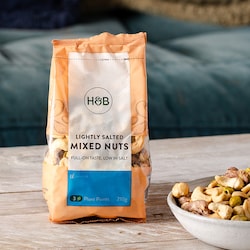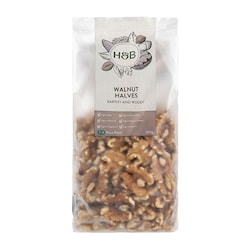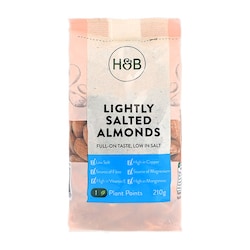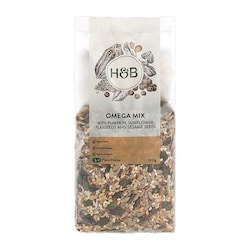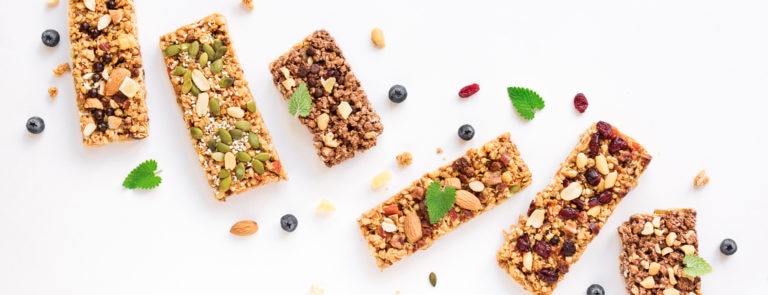15% off £25 OR 20% off £35
Are rice cakes a healthy snack?

When you think of rice cakes, what do you think of?
Most people think of puffed rice cakes, used as low-calorie alternatives for bread and crackers or a low-calorie snack to keep you going between meals.
While they certainly are a low-fat snack, puffed rice cakes also offer little in the way of nutrients and are far from the only healthy rice cake option available to you…
Let’s dig into the details of rice cakes, including 9 ways you can enjoy them, shall we?
What is a rice cake?
There are many types of rice cake available, but the most common form of rice cake—at least in the West—is made from puffed rice, pressed together into a round shape as a low-calorie snack.
You may also know rice cakes as “Snack A Jacks,” but this is actually one of the most popular brands of rice cake on the market, rather than the name of the snack itself.
The most basic rice cakes are often made of white or brown rice and are flavoured with a dash of salt, but as you’ll soon see, there are so many variations of rice cake around the world.
Are rice cakes a healthy snack?
This depends on your definition of “healthy,” but puffed rice cake calories are certainly low, so if you’re looking for low-calorie snacks, you might find yourself reaching for a rice cake!
The nutritional profile of a rice cake is detailed below...
| Calories | 35kcal |
| Carbohydrates | 7.5g |
| Fibre | 0.4g |
| Protein | 0.7g |
| Fat | 0.3g |
| Niacin | 4% of recommended daily intake |
| Magnesium | 3% of recommended daily intake |
| Phosphorus | 3% of recommended daily intake |
| Manganese | 17% of recommended daily intake |
| Minor vitamins and minerals | They also contain minimal amounts of vitamin E, riboflavin, vitamin B6, pantothenic acid, iron, potassium, zinc, copper and selenium |
Although they’re a low-calorie option, rice cakes are low in essential vitamins, minerals, protein, and fibre, and it’s also believed that the process of puffing rice decreases the rice’s natural antioxidants.1
Healthy snack myths
Healthy snack myths
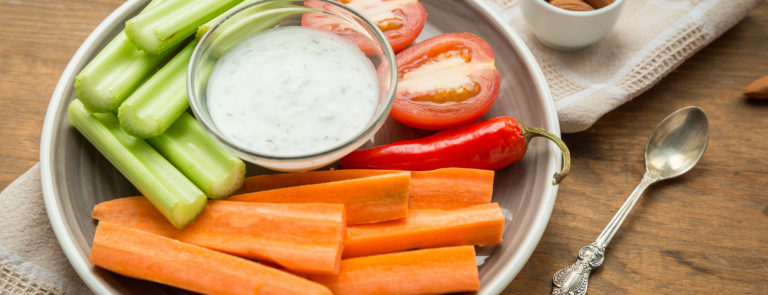

Rice cake calories vs other snacks
When compared to other popular snacks, you can see that low-calorie rice cakes are up on the podium as a low-fat option, but it is also worth considering what else you want from the snacks you eat.
For example, if you’re looking for one of your five a day or essential nutrients, snacks like fruit, nuts, and seeds may be more suitable.
| Snacks | Fat | Carbohydrates | Protein | Calories |
|---|---|---|---|---|
| Apple | 0.23g | 19.06g | 0.36g | 72kcal |
| Pretzels | 0.75g | 22.61g | 2.93g | 108kcal |
| Brown rice cakes | 0.79g | 23.11g | 2.32g | 110kcal |
| Air-popped popcorn | 1.29g | 22.05g | 3.67g | 110kcal |
| Hard granola bar | 4.95g | 16.10g | 2.52g | 118kcal |
| Crackers | 7.19g | 17.32g | 2.10g | 143kcal |
| Peanuts | 14.88g | 4.33g | 7.95g | 170kcal |
| Doughnut | 10.51g | 21.62g | 2.62g | 190kcal |
| Chocolate bar | 13.05g | 26.14g | 3.37g | 235kcal |
Quinoa vs rice: which is better?
Quinoa vs rice: which is better?
Keen to add more pulses and grains to your diet? You can’t go wrong with rice and quinoa!


9 ways to eat rice cakes.
So far, we’ve only talked about the most common puffed rice cakes, but we’re about to blow your mind with rice cake ideas and rice cake recipes from all over the world…
-
Puffed rice cakes
These may be the first rice cakes you think of, inspired by the popularity of snacks like Snack A Jacks rice cakes.
They’re quick and easy to snack on throughout the day, ready to go with a variety of flavours and sizes.
-
Savoury rice cakes
Within the puffed rice cakes category, there are so many flavours you might like, and many of them are naturally vegetarian or vegan rice cakes.
Here’s just a few we love:
- Organic rice cakes—often including additional grains or pulses for extra nutrition.
- Salt and vinegar rice cakes.
- Paprika rice cakes.
- Marmite rice cakes—love or hate?
-
Sweet rice cakes
On the other end of the spectrum are sweet rice cakes. They’re just as easy to eat on the go, but they’re suited to those with a sweet tooth, including:
- Kallo rice cakes, like Kallo blueberry rice cakes!
- Itsu rice cakes—people love their dark chocolate rice cakes and yoghurt rice cakes.
- Caramel rice cakes.
- Salted caramel rice cakes.
- Blueberry and vanilla rice cakes.
-
Protein rice cakes
This is one for the bodybuilders out there, or anything looking to get more protein into their diet.
A simple way to use rice cakes to increase protein intake is to have rice cake with peanut butter. Whether it’s savoury or sweet, many swear by rice cakes and peanut butter as an easy, low-calorie way to increase protein intake.
-
Japanese rice cakes
In Japan, one of the go-to snacks are glutinous rice cakes known as mochi rice cakes.
These take some real practice to get right in your own home and may require a bamboo steamer or rice cooker, mortar and pestle or bread maker,2 so we’d recommend ready-made mochi if you can find it.
They’re incredibly chewy and often contain a filling of red beans, though many different fruits and fillings are used depending on the season.
Nutritional profile of mochi rice cakes (one piece):
- 188 calories
- 0.13g of fat
- 45.47g of carbs
- 1.56g of protein
-
Korean rice cakes
Another of the Asian rice cakes available is the tteokbokki rice cake, a Korean spicy rice cake dish that the people of Korea—and now the world—love!
There are many different variations of tteokbokki depending on which Korean rice cake recipe you follow, but you can always expect cylindrical rice cakes that’re chewy, similar to Japanese mochi, and a saucy, spicy dish that perfectly complements many different Asian meals.
Nutritional profile of tteokbokki Korean spicy rice cakes:
- 225 calories
- 2g of fat
- 47g of carbs
- 4g of protein3
-
Chinese rice cakes
Like Japan and Korea, China’s go-to rice cakes are glutinous rice cakes, giving that delicious chewy texture.
Here, one of the most popular ways to eat rice cakes is in rice cake soup, where the rice cake is often in the shape of small, flat ovals.4
This soup is often made of chicken broth and includes a variety of meats and vegetables, so the flavours and nutritional value can vary greatly.
This is certainly more of a meal than a snack!
Nutritional profile of Chinese rice cake soup (one bowl):
- 620 calories
- 3g of fat
- 135g of carbs
- 14g of protein5
-
Rice cake pizza: Rice cake ideas for weight loss!
If you’re wanting to eat rice cakes for weight loss, but you’re still craving something a little naughty, you need to know about rice cake pizza.
It’s simple to make, delicious, and cuts out that carb-filled doughy base.
Nutritional profile of pizza rice cake (per pizza):
- 172 calories
- 6.9g of fat
- 17.9g of carbs
- 12.3g of protein6
How to make rice cake pizza
- Place plain rice cakes onto a microwave-safe plate
- Spread tomato sauce over plain rice cakes and sprinkle on Italian seasoning
- Cook your desired toppings and add to the rice cakes
- Sprinkle cheese over the top and microwave on high until the cheese is melted
- Enjoy your healthier alternative to pizza!
-
Italian rice cake
This last is a different kind of rice cake altogether, but if you want a gluten-free rice cake or something sweet after trying all these rice cake varieties, you’ll love our recipe for Italian citrus rice cake (torta di riso).
This traditional Italian cake uses risotto rice instead of flour, and its light citrusy flavour makes it a perfect snack—perfectly paired with your mid-morning tea or coffee!
It’s certainly not the healthiest rice cake option on this list, but isn’t life all about balance?
Nutritional profile of Italian rice cake (per slice):
- 421 calories
- 17g of fat
- 57.7g of carbs
- 13.2g of protein7
Summary
- Puffed rice cakes: The most common rice cakes used as a low calorie-snack.
- Savoury rice cakes: Savoury versions of puffed rice cakes, like marmite or paprika.
- Sweet rice cakes: Sweet versions of puffed rice cakes, like chocolate or yoghurt.
- Protein rice cakes: Rice cakes and peanut butter are a low-calorie, high-protein snack.
- Japanese mochi rice cakes: Soft, chewy glutinous rice cakes, often filled with red bean.
- Korean tteokbokki rice cakes: Cylindrical glutinous rice cakes found in the sweet and spicy side dish, tteokbokki.
- Chinese rice cake soup: Glutinous rice cakes in a broth, alongside meats and vegetables.
- Rice cake pizza: A healthier alternative to homemade pizzas, skipping the dough.
- Italian rice cake: A citrusy sweet option to treat yourself now and then.
Rice cakes: The takeaway
So, are rice cakes a healthy snack? Somewhat!
Although puffed rice cakes have minimal vitamins and minerals, they’re a low-calorie alternative to many snacks.
Not to mention that when you open yourself up to all the different rice cakes of the world, from tteokbokki and mochi to Italian rice cake, you welcome in a whole range of different flavours and nutritional profiles.
You also asked...
There are many reasons why bodybuilders might eat rice cakes.
For example, whole grains such as brown rice, often used in rice cakes, have been linked to lower risk of obesity and one study of 360,000 people revealed that those with high levels of whole grains in their diet were at 17% lower risk of death from all causes4.
Not only that, but rice cakes are believed to spike blood sugar, providing a quick burst of energy that may be desired during a workout.
Although rice cakes may be okay for diabetics as part of a balanced diet, it has been proven that rice cakes can create spikes in blood sugar and insulin, two areas of concern for diabetics.
Puffed rice cakes are considered a high-glycemic food, meaning that they can raise your blood sugar levels in a short period of time5, an effect that is undesirable to those with diabetes.
For this reason, it is recommended to eat rice cakes alongside other foods that may reduce this effect, such as proteins like meat and cheese or fibre from fruits and vegetables.
As rice cakes are often quite plain and work well with many flavours, the combinations are endless!
The main downside to eating rice cakes—at least the most common puffed rice cakes—is that although they’re low-calorie snacks, they have very few vitamins and minerals that your body needs, meaning you’re mostly filling up on empty calories.
Plus, depending on the type of rice cake you’re eating, you may also be increasing your intake of salt or sugar, both of which should be controlled as part of a balanced diet.
As part of a balanced diet, rice cakes are likely suitable for everyone.
One consideration when choosing rice cakes is that they are a high-glycemic food, meaning that they can quickly raise your blood sugar and insulin levels, something worth noting for those with diabetes.
Last updated: 26 October 2021
- https://www.ncbi.nlm.nih.gov/pubmed/26258713
- https://www.chopstickchronicles.com/how-to-make-mochi/
- https://www.fatsecret.com/calories-nutrition/generic/mochi#:~:text=There%20are%20188%20calories%20in%201%20piece%20of,beginning%20any%20weight%20loss%20effort%20or%20diet%20regimen.
- https://www.myfitnesspal.com/food/calories/tteokbokki-rice-cakes-in-hot-sauce-205706825
- https://thewoksoflife.com/chinese-rice-cake-soup/
- https://www.eatthismuch.com/food/nutrition/rice-cake-soup,1721696/
- https://recipes.sparkpeople.com/recipe-calories.asp?recipe=2829246
- https://www.deliciousmagazine.co.uk/recipes/torta-di-riso/






